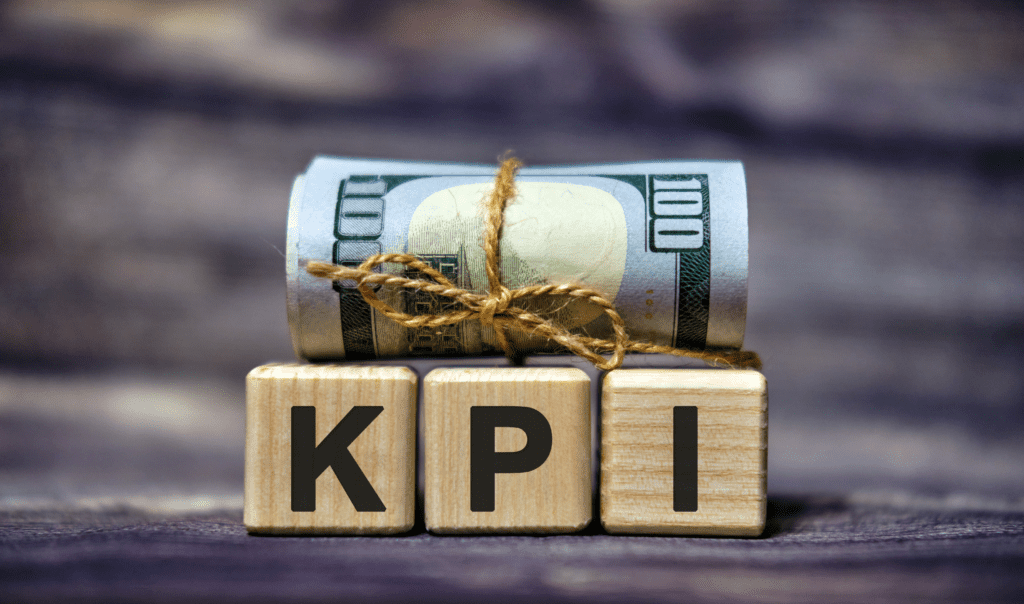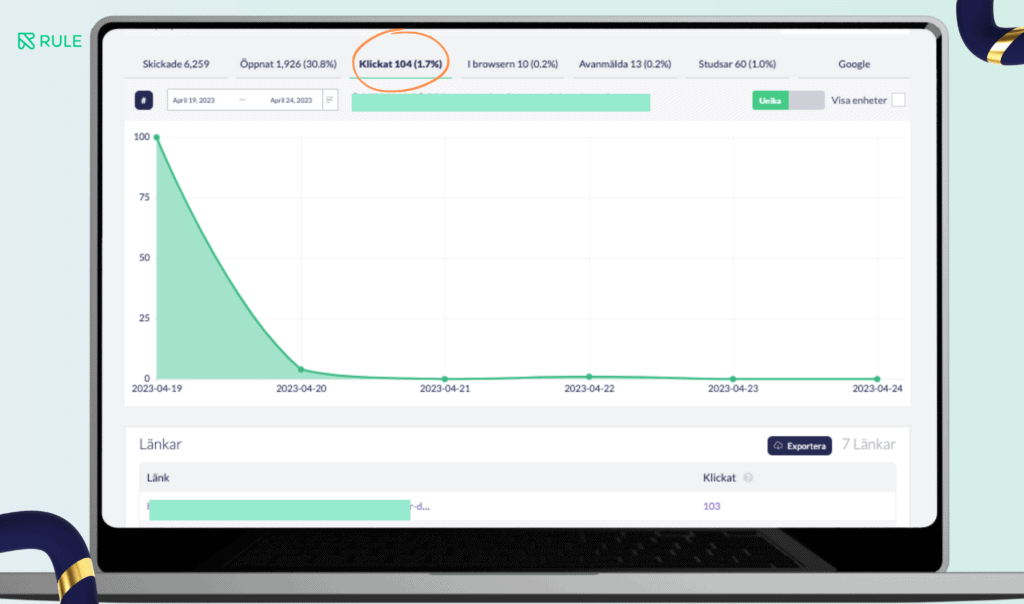In today’s competitive market, it is important to measure success to adapt and improve your company’s marketing strategies. With KPIs or Key Performance Indicators, companies can measure the effectiveness of their marketing activities and identify areas that need improvement. But what exactly is a KPI, and how do you use them in marketing? We will find out in this article.
What does CPI mean, and what does it stand for?
We start by going through what the CPI is and what it stands for. KPIs, or business key performance indicators, are metrics used to assess performance in a specific part of a business. KPIs can be quantitative or qualitative and measure everything from sales and customer satisfaction to productivity and marketing effectiveness.
In marketing, KPI is used to measure the effectiveness of marketing strategies and campaigns. There are many different KPIs to choose from, but selecting those relevant to the company’s specific goals and strategy is important. Some common KPIs in marketing include:
- Conversion rate – measures the proportion of visitors to a website who take a desired action, such as purchasing a product or signing up for a service
. - Number of leads measures the number of potential customers who have expressed interest in the company’s product or service.
- Website Visits – measures the number of visitors to a website and how long they stay on the website.
- Social Media Engagement – measures the number of likes, comments, and shares on social media.
- Cost per customer acquisition – measures the cost of acquiring a new customer.
How to calculate KPI?
To calculate KPIs in marketing, one must first define what is to be measured. By finding out what data is relevant to achieving the company’s goals, one can then use this data to calculate relevant KPIs.
For example, if the goal is to increase sales through a digital campaign, data such as the number of website visits, conversion rate, and the number of leads can be used to calculate relevant KPIs. By measuring and analyzing these KPIs, you can identify areas that need improvement and adjust the campaign to meet the company’s goals better.

How to use KPI to improve marketing?
Using KPIs in marketing also helps companies identify opportunities for improvement. This, in turn, leads to quickly identifying what works and what doesn’t in one’s marketing and thus tweaking it where necessary.
An example of how you can use KPIs to improve your marketing is to use the conversion rate to identify the steps in the buying process where most customers lose interest. By analyzing these steps, you can adjust your marketing strategy to increase conversion rates and get more customers to complete the purchase process.
Different key figures for different needs
You can also use KPIs to measure and compare the effectiveness of different marketing channels. By measuring the number of leads and conversion rate from other media, you can easily see which channels work best for the company and thus invest more in these channels to increase sales.
However, it is important to remember that KPIs are not a one-size-fits-all solution for all companies and marketing strategies. Each company has specific goals and needs, and then the KPIs should be adapted accordingly.

Can you measure KPIs with Rule? Obvious!
You can use Rule to measure KPIs in several ways. For example, via the dashboard inside Rule, you can see statistics and measure the conversion rate of your email marketing by seeing how many people clicked on a specific link, for example. In Rule, via A/B testing, you can also send two different versions of a newsletter to measure which type of content performs best and by your set KPI.
You can also follow up on your campaigns in Rule and measure various key figures in Google Analytics. Thanks to our smooth integration . This can help you better understand how your campaign efforts are performing, what’s working, and where they’re falling short.
In Rule, it should be easy to grow, and with the right KPIs, you can make decisions that lead to improved performance and increased growth. Therefore, set up and use relevant and customized KPIs in your marketing according to your company’s unique needs.







